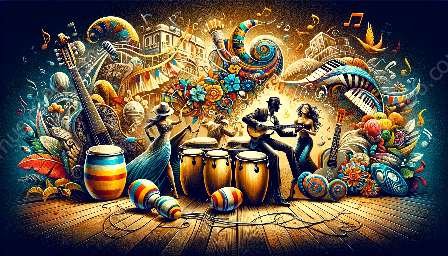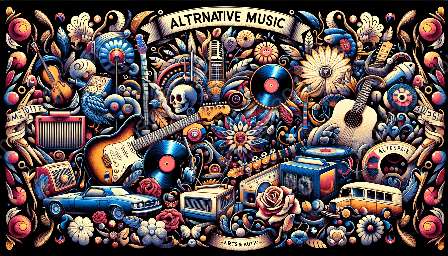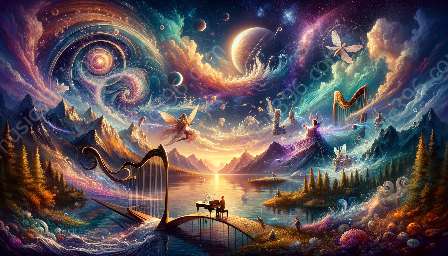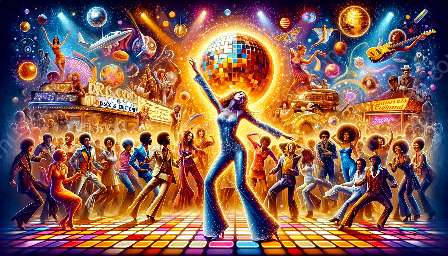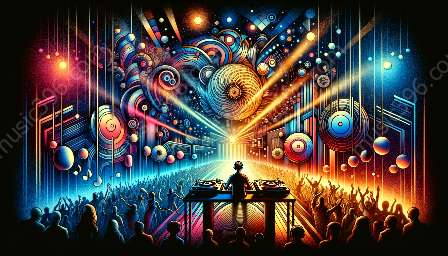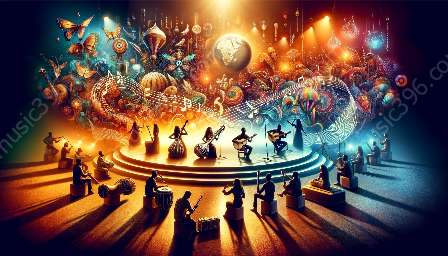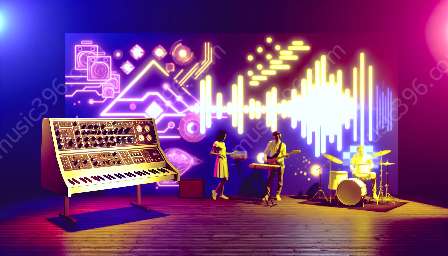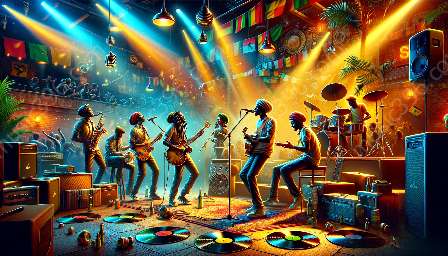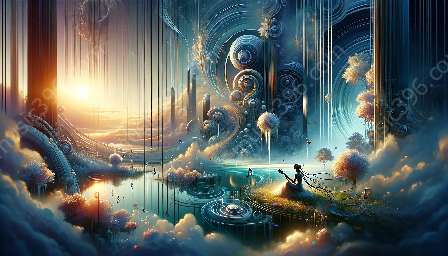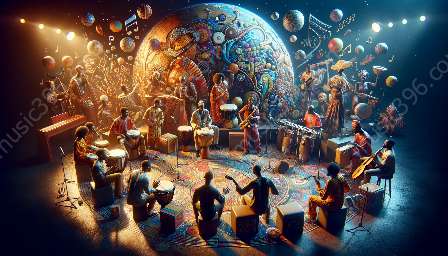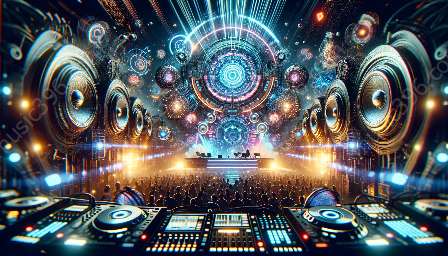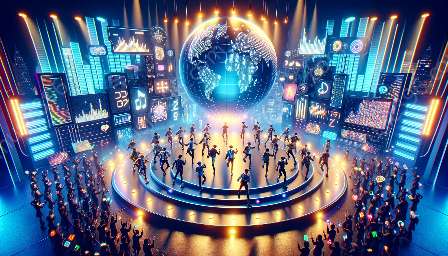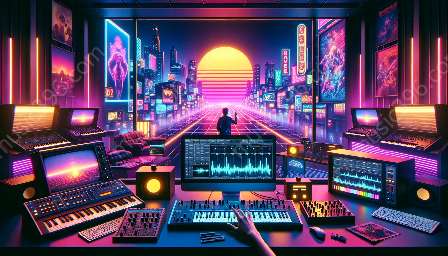Dubstep music is an electrifying genre known for its heavy basslines, syncopated rhythms, and futuristic soundscapes. Originating in South London in the late 1990s, dubstep has since evolved into a global phenomenon, captivating audiences with its distinctive sound and energetic vibe. In this comprehensive guide, we will delve into the history, characteristics, and key artists of dubstep, as well as its relevance within the broader landscape of music genres.
The History of Dubstep
The roots of dubstep can be traced back to South London, where it emerged as a subgenre of UK garage and 2-step in the late 1990s. Artists and producers such as Horsepower Productions, El-B, and Zed Bias played a pivotal role in shaping the early sound of dubstep, characterized by dark, sparse beats and heavy basslines. As the genre gained traction, influential labels like Big Apple Records and Tempa began releasing seminal dubstep tracks, paving the way for its rapid expansion and evolution.
Characteristics of Dubstep
Dubstep is defined by its distinct sonic elements, which include wobbling basslines, syncopated rhythms, and futuristic sound design. The genre often incorporates elements of reggae, dub, and drum and bass, creating a dynamic and innovative musical landscape. Furthermore, dubstep is renowned for its emphasis on sub-bass frequencies, which are designed to be felt as much as heard, contributing to the genre's powerful and immersive sonic experience.
Key Artists and Influences
Throughout its evolution, dubstep has been shaped by a myriad of talented artists who have pushed the boundaries of the genre. From early pioneers such as Skream, Benga, and Digital Mystikz to contemporary innovators like Skrillex, Excision, and Zeds Dead, dubstep has seen a diverse range of artists contribute to its rich tapestry. These artists have drawn inspiration from a wide array of musical styles, from electronic and hip-hop to metal and jazz, infusing dubstep with their own unique perspectives and creative ingenuity.
Dubstep within the Music Landscape
As a genre, dubstep has garnered a deep and lasting influence on the broader musical landscape. Its impact can be observed in the fusion of electronic, hip-hop, and pop music, as well as in the rise of subgenres such as brostep, riddim, and future bass. Additionally, dubstep's influence extends to live performances and music festivals, where its high-energy, bass-heavy sound has carved out a prominent place in the electronic music scene.
Exploring the Future of Dubstep
Looking ahead, dubstep continues to evolve and adapt to the ever-changing musical landscape. As artists and producers experiment with new production techniques and push the boundaries of sonic innovation, the future of dubstep remains dynamic and full of potential. With advances in technology and a growing global audience, the genre is poised to continue captivating listeners and inspiring new generations of music enthusiasts.
Topic
Ethical and Legal Considerations in Dubstep Production
View details
Challenges and Opportunities for Dubstep Artists
View details
Crossover Influence of Dubstep with Other Genres
View details
Streaming Platforms and Online Communities in Dubstep
View details
Integration of Live Instruments in Dubstep Music
View details
Technological Innovations in Dubstep Production
View details
Perception of Dubstep in Media and Public Opinion
View details
Virtual Reality and Immersive Technologies in Dubstep
View details
Questions
What are the origins of dubstep music and how has it evolved over time?
View details
Who are some important artists and influencers in the dubstep music genre?
View details
How does the use of technology and software impact the production of dubstep music?
View details
What are some sub-genres or variations of dubstep music, and how do they differ from each other?
View details
What are the key elements that distinguish dubstep music from other electronic music genres?
View details
How has dubstep music influenced pop culture and mainstream music?
View details
What are some common production techniques used in dubstep music?
View details
What are the social and cultural contexts in which dubstep music emerged and developed?
View details
How has the globalization of music distribution platforms impacted the spread of dubstep music worldwide?
View details
What are some notable events and festivals dedicated to dubstep music, and what is their significance in the industry?
View details
What are the ethical and legal considerations related to sampling and remixing in dubstep music production?
View details
How does the use of visuals and multimedia enhance the live performance and experience of dubstep music?
View details
What are the challenges and opportunities faced by dubstep music artists in the current music industry landscape?
View details
What are some common themes and messages explored in dubstep music lyrics?
View details
How has the crossover between dubstep and other music genres influenced the evolution of each genre?
View details
What are some iconic album artworks and visual aesthetics associated with dubstep music releases?
View details
How do different cultures and regions interpret and integrate dubstep music into their local music scenes?
View details
What are the key differences in the production and composition techniques used in early dubstep music compared to contemporary dubstep music?
View details
What role does community and grassroots support play in the success of independent dubstep music labels and artists?
View details
How has dubstep music impacted the development and evolution of nightclub and rave culture?
View details
What are the psychological and emotional effects of listening to dubstep music, and how do they vary from person to person?
View details
How has the rise of streaming platforms and online communities affected the fanbase and consumption of dubstep music?
View details
What are the challenges and opportunities in the integration of live instruments into dubstep music performances?
View details
What are some famous collaborations and crossovers between dubstep artists and other music genres?
View details
How does the use of storytelling and narrative elements enhance the thematic depth of dubstep music compositions?
View details
What are the key technological innovations and advancements that have shaped the production and sound of modern dubstep music?
View details
What are the marketing and promotional strategies used by dubstep music labels and artists to reach their target audience?
View details
How has the perception and reception of dubstep music evolved in the mainstream media and public opinion?
View details
What are the key elements of stage design and visual production in dubstep music festivals and live events?
View details
What role does gender representation and diversity play in the dubstep music industry, and how has it evolved over time?
View details
How has the legal and regulatory landscape affected the growth and international presence of dubstep music?
View details
What are the key differences in the reception and fanbase of dubstep music in different regions of the world?
View details
How has the integration of virtual reality and immersive technologies altered the live performance and consumption of dubstep music experiences?
View details






